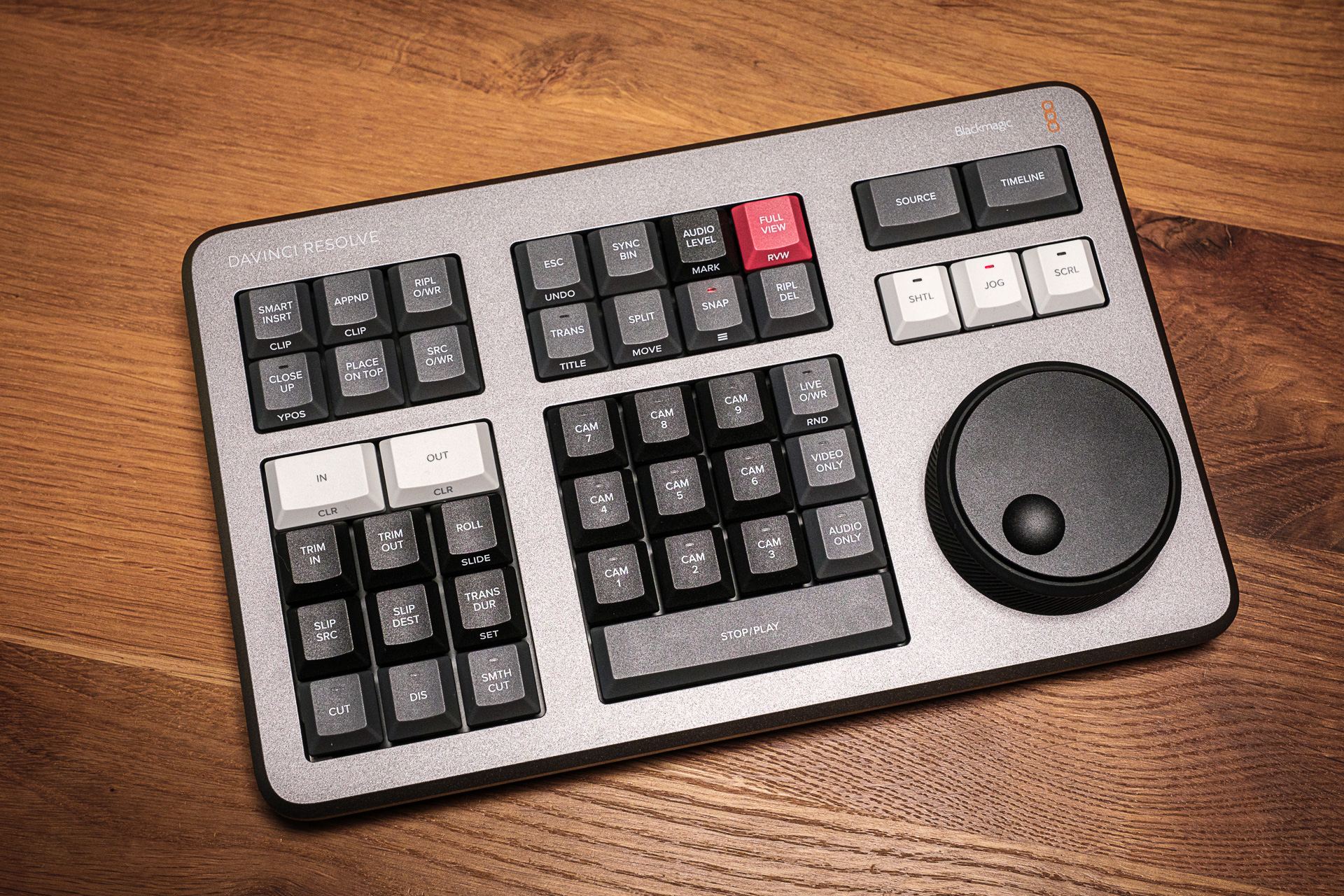Today, Qualcomm revealed details of the Snapdragon 888, its next-generation flagship mobile chipset, showing what kind of features, functionality and performance we can expect to see in flagship Android mobile devices in the coming year.
The Snapdragon 888 is a System on a Chip (SoC) that consists of multiple processors atop a single substrate. These include multiple CPU and GPU cores, as well as additional mobile and AI components for powering all of the features we’ve come to expect from flagship mobile devices.
 |
At the heart of the Snapdragon 888 is Qualcomm’s Kryo 680 CPU, which is the first to use ARM’s new Cortex-X1 architecture for its 2.84GHz core, alongside three Cortex A78 performance cores (2.4GHz) and four A55 efficiency cores (1.8GHz). Qualcomm claims the Snapdragon 888 performs 25% better while using 25% less power, compared to its predecessor, the Snapdragon 865.
 |
For the GPU, Qualcomm is using its new Adreno 660 GPU, which it says offers 35% faster graphics rendering performance while using 20% less power. This new chip is said to be the best increase in year-over-year performance and should pave the way for better display technology, including better support for 120Hz screens and improved OLED display uniformity.
 |
On the photography front, Qualcomm has made drastic improvements to the image signal processors (ISPs) seen onboard previous Snapdragon chips. The Snapdragon 888 will feature three separate Spectra 580 ISPs. Now, with these three individual ISPs, Android smartphones that offer three cameras — most often a standard, ultra-wide and telephoto — will be able to capture full-resolution photos and video (up to 28MP per camera for stills and 4K HDR video per camera for video), with a maximum bandwidth of 2.7 Gigapixels per second.
 |
Beyond using up to three cameras at the same time, this triple-ISP array also allows for a number of firsts in Android smartphones. If not limited by onboard storage and caching, the Snapdragon 888 technically enables 12MP photo capture at up to 120 fps, as well as a maximum single-image capture of up to 200MP.
 |
The chip can also be able to capture 10-bit HEIF stills, capture 4K HDR10 video (while simultaneously capturing 64MP stills), support 8K video capture and feature no-limit slow-mo video capture at up to 960 fps. 4K video will also be able to be captured and played back at 120 fps on the same device.
 |
Moving onto connectivity, the Snapdragon 888 will feature Wi-Fi 6 speeds up to 3.6Gbps, Bluetooth 5.2 (dual antennas), and Qualcomm’s new X60 5G MOdem-RF system. This new 5G modem supports both sub-6Ghz 5G with carrier aggregation as well as mmWave 5G with speeds up to 7.5Gbps. Battery performance while using its 5G capabilities should also be improved thanks to its new integrated design.
 |
Other features include a new Hexagon 780 processor for AI and computational performance, as well an on-device Qualcomm Secure Processing unit. In addition to improved security within the operating system, this new Secure Processing unit also creates cryptographically sealed photos making it the first Content Authenticity Initiative (CAI) compliant smartphone camera for ensuring image integrity in a world of increasing misinformation and deepfakes. If this sounds familiar, it’s because Qualcomm is working with Truepic, who is a CAI partner alongside Adobe, Twitter The New York Times and others.
You can watch the full Snapdragon 888 unveil on Qualcomm’s Day 2 Keynote from its Snapdragon Tech Summit, below:
Qualcomm hasn’t set a specific date for when the Snapdragon 888 will be available, but it expects the first devices with it at their core to be released in Q1 2021, with commitments from Oppo, Motorola and others having already been made.
 |
As we’ve seen with past Snapdragon SoCs and the smartphones that use them, it’s possible not all of these features will be seen in a single device. Some flagship smartphones that use the new Snapdragon 888 might choose to make the most of certain photo and video features, based on the accompanying hardware they put inside their device. While Snapdragon is offering plenty of computational functionality, it’s ultimately up to the smartphone manufacturers to extract the most from it with equally-capable storage, camera systems and more.













